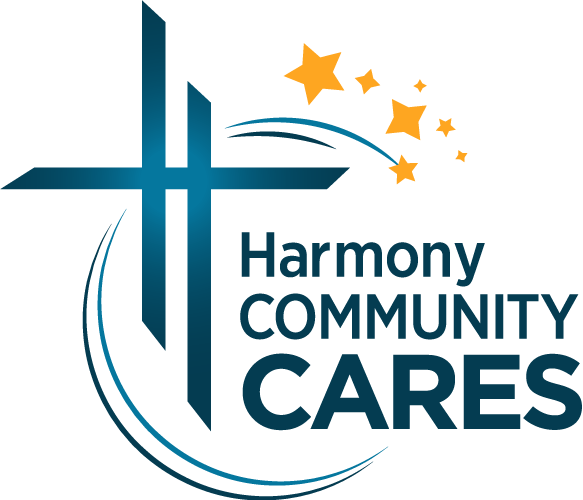The History of North Lawndale
Harmony Community Cares serves North Lawndale, a primarily black neighborhood in the West side of Chicago which experiences significant hunger, poverty, and violence. These issues are longstanding; historical disinvestment from the community and racial inequities in the city of Chicago have led to a lack of resources for the residents, causing a deep entrenchment of the challenges which make it difficult for residents to improve their community. With a lack of job prospects within the neighborhood for those who live there, a poor and underdeveloped educational system, and a dearth of basic necessities within North Lawndale, the people who live there are left struggling to afford the costs of living, much less higher education and extracurricular activities for their children. With a low-educational attainment, a low median income relative to the broader Chicago area, and pervasive violence, the residents of North Lawndale are facing dire circumstances.
Over time, North Lawndale has gone through significant demographic and economic changes which have transformed the neighborhood. In the 1950s, the Jewish population of this neighborhood moved to the North as Black residents began to move in. At the same time, real estate developers used discriminatory tactics to encourage white flight and drive down property values in the neighborhood. During this time, the conditions in the neighborhood became increasingly dire, which led Dr. Martin Luther King Jr. to take up residence there in an effort to shine a light on these conditions. Living at 1550 S Hamlin Ave, he spoke out about discriminatory housing and the terrible living conditions that residents were subject to.
However, in 1968, Dr. Martin Luther King Jr was assassinated. In the wake of his murder, an outpouring of grief and anger led to riots across the country, including in Chicago’s South and West sides. The destruction of commercial properties along Roosevelt Road led many companies to take their factories and stores out of the neighborhood. Over the next two decades, many companies that had remained in the area began to divest from the neighborhood, causing job opportunities to disappear and economic conditions to decline. Simultaneously, those who had the means to move, did so, leading to an equally damaging population decline.
Today, the residents of North Lawndale continue to face severe challenges. A lack of grocery stores and food options has led to food desert conditions in the neighborhood, and many residents do not have the ability to access or afford groceries in other neighborhoods. The median income of residents is $30,961, nearly half of the city of Chicago’s $62,097 median income. On top of these low incomes, the unemployment rate in North Lawndale is 17.2% as of 2020; with the pandemic’s impact on the economy and emplyment, it is likely higher than that today. With the rising prices of food and households goods, the financial stability of families in North Lawndale is quickly eroding.
Beyond economic troubles, this community also experiences pervasive violence. The per capita violent crime rate in North Lawndale is 3 times higher than the overall Chicago average at 30.9 incidents per 1000; this is more than 8 times the rate of violent crimes in Lakeview. Experiencing these incidents causes significant challenges and trauma for residents; however, it is not a cause of the neighborhood's troubles, but rather a symptom of the socio-economic conditions in which the residents exist. With a poor educational infrastructure, a lack of extra-curricular enrichment opportunities for young people, and a lack of investment and employment for the people who live there, too many are led to dangerous and compromising situations.
Despite these challenges, there is still hope in North Lawndale. This community strives for a better future, and many organizations such as Harmony Community Cares are working to provide resources and education to the people of North Lawndale in order to improve educational and occupational outcomes. While there is still work to be done, the power of community, mutual aid, and compassion are offering a way forward for the residents of this neighborhood.

